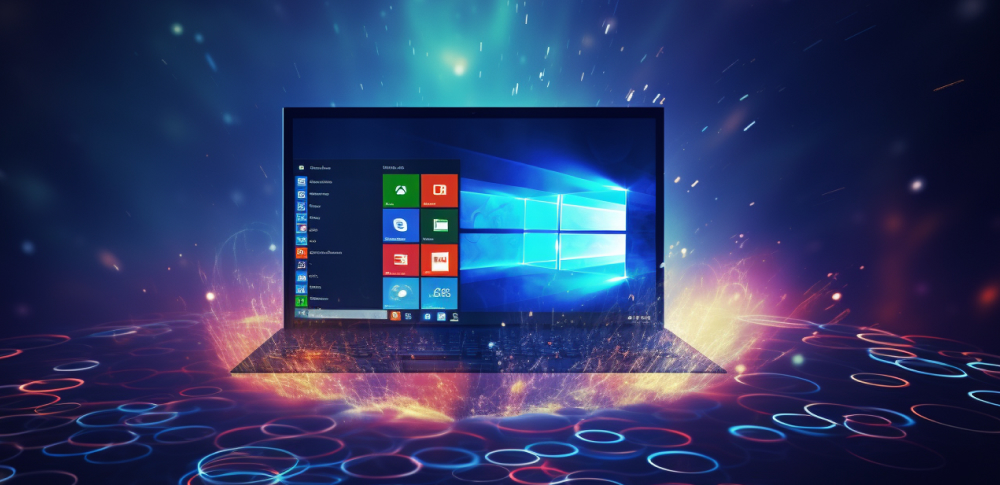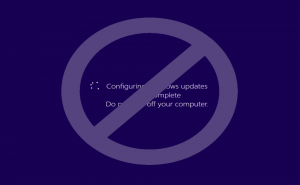 How to use the remote desktop feature of Windows 10
How to use the remote desktop feature of Windows 10
Being able to remotely control a computer is very useful, not only because it allows people to remotely access their files, but also because it's the best way to get or offer PC-related assistance when it's needed. Fortunately, the latest version of Windows offers this kind of functionality from the get-go, so you won't even need to install any third-party applications. If you want to know more about this, here's how to use the remote desktop feature of Windows 10.
You will need to use the application called Remote Desktop Connection. This app is offered by Windows by default to help you remotely connect to a computer. Anyway, although you can use this simple utility to remotely access a computer from any Windows 10 version, you need to have at least the Windows 10 Pro OS edition in order to provide others with remote access to your PC. In other words, if you have a lighter edition of Windows 10 than Pro, such as, for example, Windows 10 Home, then you will only be able to connect to another PC, but you won't be able to access the settings that enable you to also share your computer with others. This is also the most common explanation if you wonder why those remote access settings are missing from your Windows system: you have Windows 10 Home edition which simply doesn't include this functionality.
Before being able to actually use the Remote Desktop Connection feature, you have to enable remote access to your computer. You can do this by following these simple steps:
1. Open the File Explorer (press the Windows key + E);
2. Right click on "This PC" and select Properties;
3. In the appeared window click the Remote Settings button from the left-side pane (you're going to need administrator privileges);
4. A "System Properties" window will open. Go to the Remote tab and tick the "Allow Remote Assistance connections to this computer" option. Press OK.
Enabling Remote Access
Anyway, enabling remote access on your computer is not yet enough to connect to the PC remotely. You also have to know the domain name or the IP address of your computer. The good news is that obtaining the IP address, if you don't already know it, is very simple and straightforward. Just use an online search engine like Google to look for something like "find my IP" and you'll get plenty of results that help you quickly see your IP address.
Now you may open the Remote Desktop Connection application (press the Windows key + S to open Windows Search, type its name, and click on it). Provide the required data, either using IP addresses or domain names, and you may remotely connect to other computers.
Remote Desktop Connection
Conclusion
The Remote Desktop Connection app also offers plenty of advanced options, suitable especially for power users looking for more thorough control over every little aspect of the remote connection. Anyway, despite its rather obvious advantages, I'd still don't feel fully comfortable with using the default solution offered by Windows 10 for remote connectivity. I prefer to rely on consecrated third-party tools like Radmin, VNC, or Team Viewer, that have proven their reliability and handiness over the years, and that also offer plenty of additional benefits. Using them may prove to be just as simple, or even simpler, than the default Windows 10 app.
Alternative downloads
-
 Radmin
$49
windows
Popular, award winning secure remote control software which enables you to work...
Download
Radmin
$49
windows
Popular, award winning secure remote control software which enables you to work...
Download
-
 TeamViewer
free
windows
Connect to computers or mobile devices located anywhere in the world and use them as though you were there.
Download
TeamViewer
free
windows
Connect to computers or mobile devices located anywhere in the world and use them as though you were there.
Download
-
 VNC
$30
windows
Program that enables you to remotely access and control your devices wherever you are in the world...
Download
VNC
$30
windows
Program that enables you to remotely access and control your devices wherever you are in the world...
Download





Comments
Subscribe to comments